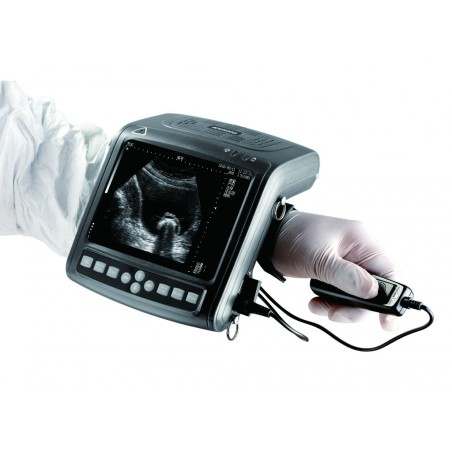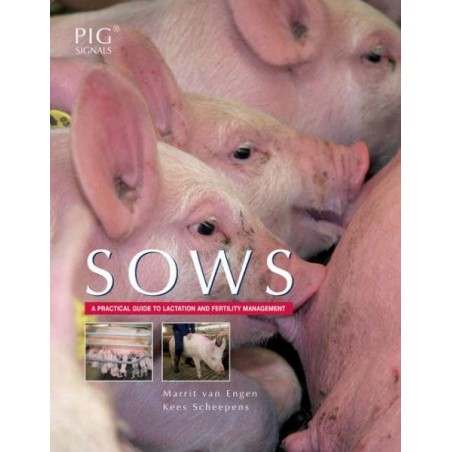Reduced summer farrowing rates may be due to inadequate corpora luteal (CL) support. Porcine CL become dependent on LH from 12 d of pregnancy and the embryonic estrogen signal for maternal recognition of pregnancy (MRP) is initiated at about 11–12 d after insemination. We hypothesised that injection of the LH analogue human chorionic gonadotropin (hCG) would induce growth of estrogenic follicles and, by mimicking the signal for MRP and stimulating progesterone secretion, increase primiparous sow fertility.
In Experiment 1, during a 28 d lactation 53 mixed parity sows were full-fed either throughout lactation (n = 16) or until 18 d and then feed restricted during the last 10 d of lactation (n = 36). At 12 d after mating restrict-fed sows were injected with 1000 IU hCG (n = 17) or were not injected (n = 19); the full-fed sows acted as non-treated positive controls. Transrectal ovarian ultrasound exams were performed on days 12, 16, 20, 24, and 28; blood samples were obtained on days 12, 14, and 15 for estradiol and progesterone assay. For Experiment 2, during the summer months primiparous sows received 1000 IU hCG 12 d after mating (n = 28) or were non-injected controls (n = 27). Pregnancy status was determined at 28 d and sows allowed to go to term to determine farrowing rates and litter sizes.

In Experiment 1, injection of hCG increased follicle diameter and serum concentrations of estradiol and progesterone. There were no effects of lactation feeding level on wean-estrus interval, farrowing rate or subsequent litter size. In Experiment 2, hCG injection was associated with a higher pregnancy rate and farrowing rate. There was no effect on litter size. These data confirm that hCG stimulates growth of estrogenic follicles and CL function, and improves primiparous sow fertility during the summer months.
Jemma Seyfang, P. Langendijk, T.Y. Chen, E. Bouwman, R.N. Kirkwood. Human chorionic gonadotrophin in early gestation induces growth of estrogenic ovarian follicles and improves primiparous sow fertility during summer. Animal Reproduction Science. Volume 172, September 2016, Pages 21–25. http://dx.doi.org/10.1016/j.anireprosci.2016.06.009





